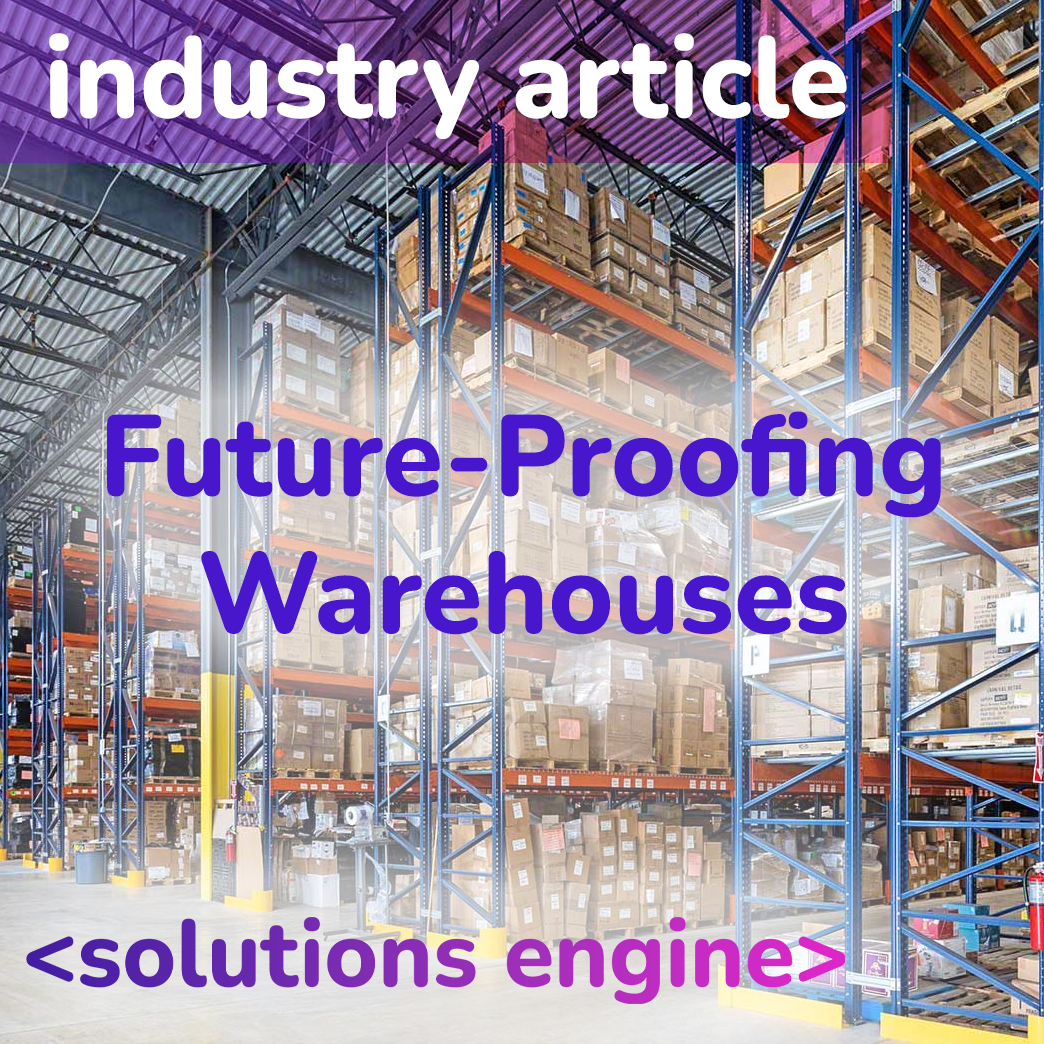CityFibre’s Full-Throttle Fibre: Challenging Openreach’s Dominance in the market
The UK’s broadband landscape is undergoing a significant transformation, with CityFibre emerging as a formidable challenger to the long-standing dominance of Openreach. CityFibre’s aggressive rollout of full-fibre networks is disrupting the market, putting pressure on Openreach to accelerate its own fibre deployment and potentially ceding market share.
CityFibre’s Rapid Growth
CityFibre’s focus on building full-fibre networks in underserved areas has been a key factor in its success. By targeting towns and cities where Openreach’s fibre coverage is limited or non-existent, CityFibre has been able to quickly establish a strong presence and attract customers eager for faster, more reliable broadband.
Additionally, CityFibre’s wholesale model, which allows multiple internet service providers (ISPs) to use its network, has fostered competition and driven down prices. This has further fueled CityFibre’s growth, as consumers increasingly opt for its full-fibre services over Openreach’s legacy copper-based connections.
Openreach’s Response
Openreach, recognizing the threat posed by CityFibre, has been ramping up its own full-fibre rollout. However, the sheer scale of the task, coupled with the challenges of deploying fibre in densely populated areas, has meant that Openreach is struggling to keep pace with CityFibre’s rapid expansion.
Furthermore, Openreach’s reliance on its existing copper infrastructure for many of its broadband services means that it faces significant costs and logistical challenges in transitioning to a full-fibre network. This has given CityFibre a significant advantage, as it can focus solely on building new full-fibre infrastructure without the burden of maintaining legacy networks.
The Future of the Market
CityFibre’s continued growth and Openreach’s challenges suggest that the UK broadband market is heading towards a more competitive landscape. While Openreach is unlikely to be completely pushed out of the market, it is clear that its dominance is under threat.
This increased competition is ultimately good news for consumers, as it will likely lead to lower prices, faster speeds, and better service. However, it also raises questions about the future of Openreach and its role in the UK’s broadband infrastructure.
Key Points:
- CityFibre’s aggressive full-fibre rollout is disrupting the UK broadband market.
- Openreach is struggling to keep pace with CityFibre’s expansion.
- Increased competition is likely to lead to lower prices and better service for consumers.
- The future of Openreach’s dominance in the market is uncertain.
In conclusion, CityFibre’s rise represents a significant shift in the UK’s broadband landscape. Whether Openreach can successfully adapt to this new competitive environment remains to be seen. One thing is certain: the battle for broadband supremacy is far from over.




 What Does Future-Proofing a Warehouse Mean?
What Does Future-Proofing a Warehouse Mean?